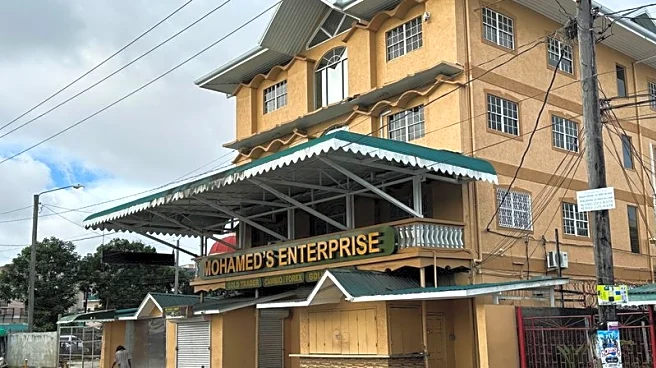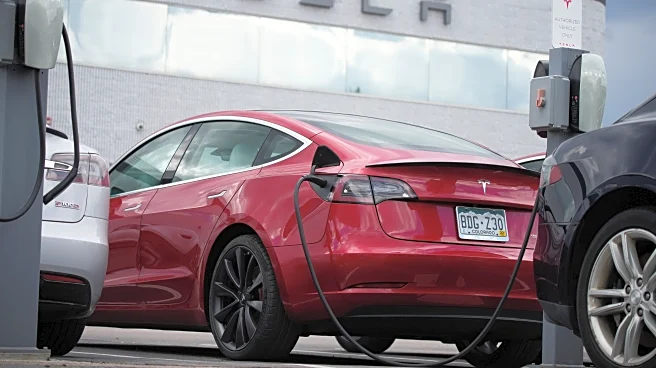What is the story about?
What's Happening?
Foreclosure rates in the U.S. have risen significantly, with Florida emerging as a hotspot for this trend. According to Realtor.com, one in every 1,402 housing units in the U.S. had a foreclosure filing in the third quarter of 2025. Lakeland, Florida, reported the highest foreclosure rate, with one filing for every 470 housing units. The state is experiencing a housing crisis characterized by sluggish demand, declining home valuations, and a growing disparity between renting and buying costs. These factors have contributed to warnings of a potential housing bubble in markets like Miami.
Why It's Important?
The increase in foreclosure rates signals potential financial strain among homeowners, which could have broader implications for the U.S. economy. High foreclosure rates can lead to decreased property values, affecting local economies and potentially leading to increased homelessness and social challenges. The situation in Florida highlights the need for careful monitoring and potential policy interventions to stabilize the housing market and support affected homeowners.
What's Next?
The U.S. housing market may require targeted measures to address the rising foreclosure rates and prevent further economic fallout. Policymakers might consider implementing relief programs or adjusting interest rates to alleviate financial pressures on homeowners. The situation in Florida could serve as a case study for other states facing similar challenges.
Beyond the Headlines
The foreclosure crisis in Florida could lead to shifts in demographic patterns, as affected individuals and families may relocate in search of more affordable housing. This could impact local economies and community structures, necessitating adjustments in public services and infrastructure.
AI Generated Content
Do you find this article useful?
















